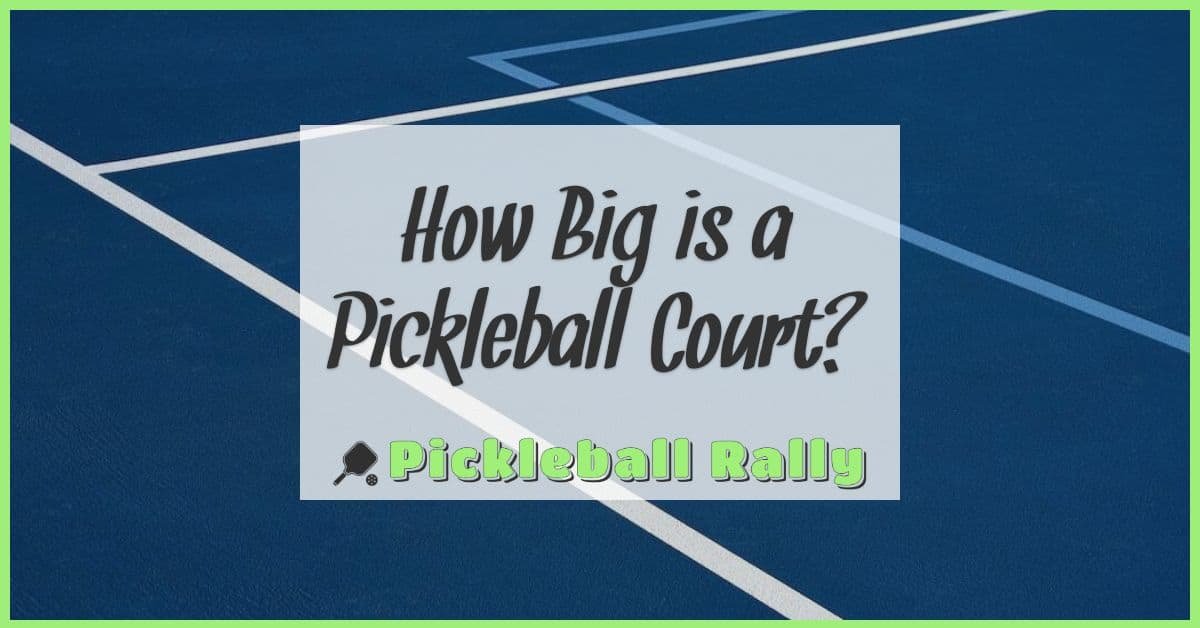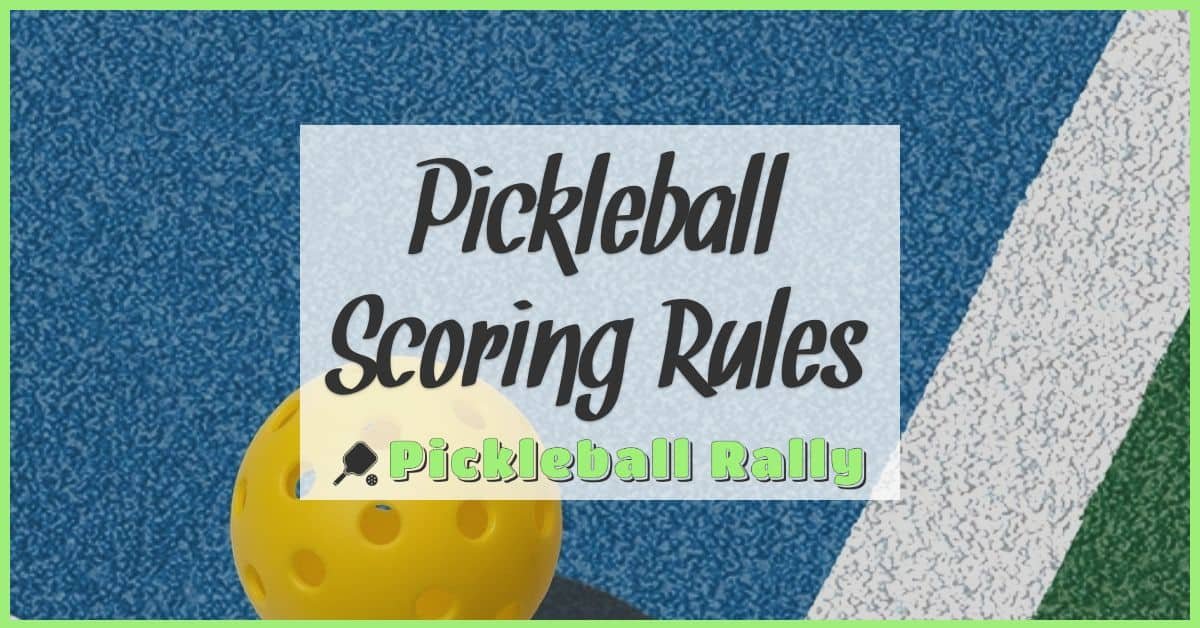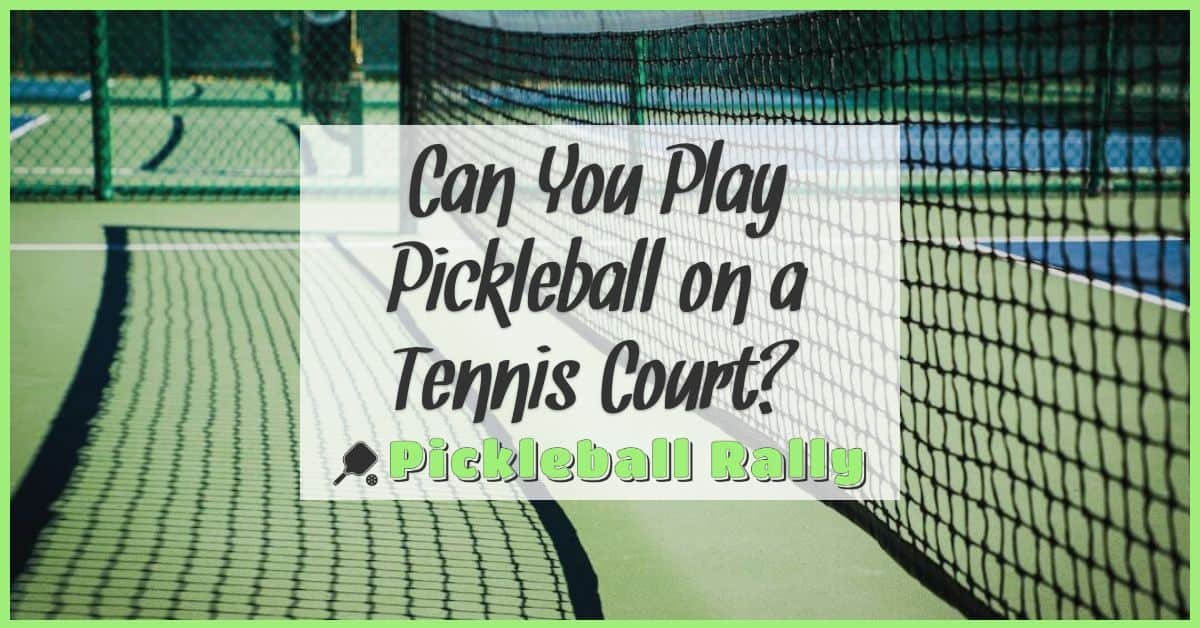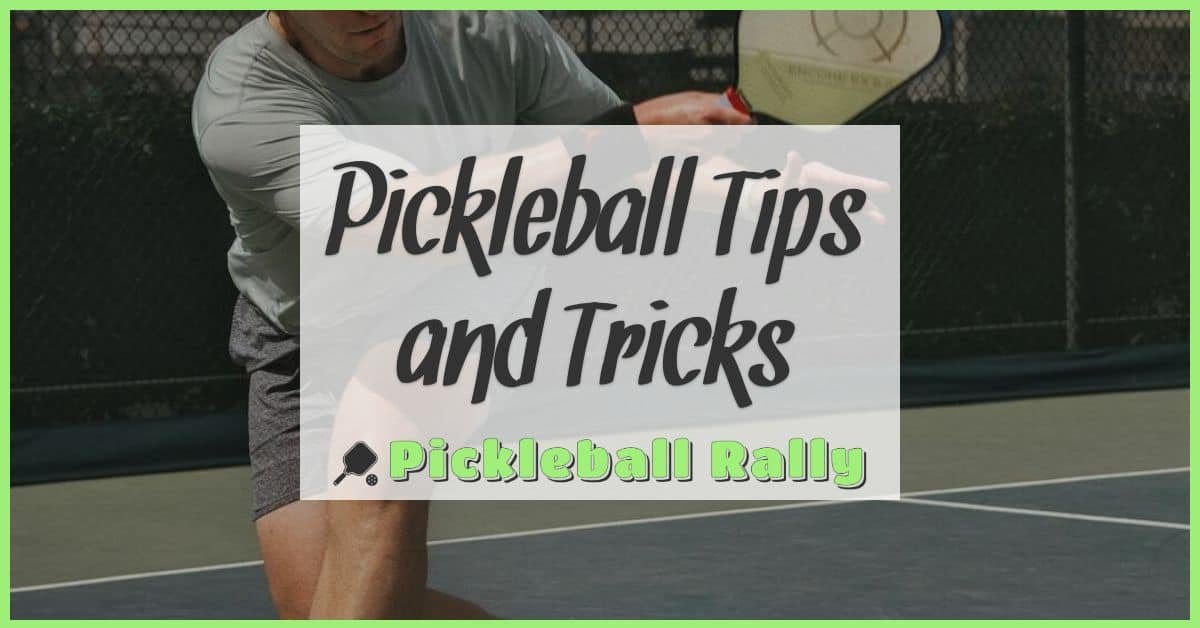Pickleball is one of my favorite games because it’s fast-paced and fun, but sometimes those tricky out-of-bounds calls can slow things down. I’ve learned that handling these moments with a calm and fair approach keeps the game enjoyable for everyone. Whether you’re playing a casual match or competing seriously, knowing how to deal with out-of-bounds calls can make a big difference.
I’ve seen players get frustrated or argue over a line call, and it’s never fun. That’s why I want to share some simple tips on staying cool and making the right call when the ball lands near the edge. It’s all about keeping the spirit of the game alive while making sure things stay fair and friendly.
Understanding Out-of-Bounds in Pickleball
Knowing what counts as out-of-bounds shapes how the game flows and keeps play fair. I focus on clear rules to help players improve their judgment and confidence on the court.
Definition of Out-of-Bounds
Out-of-bounds happens when the ball lands outside the pickleball court’s designated boundaries. This includes any shot that hits beyond the sidelines or baseline, outside the non-volley zone, or outside the playing surface altogether. The ball touching any line counts as in bounds, so precision matters.
Common Scenarios for Out-of-Bounds Calls
Players often face out-of-bounds calls in these situations:
- Shots that sail beyond the baseline during deep drives
- Cross-court hits missing the sideline by inches
- Serves landing outside the correct service area
- Returns that clip the non-volley zone lines mistakenly thought out
Locating these instances quickly helps keep the game moving smoothly and fairly.
Rules Governing Out-of-Bounds Calls
Understanding the rules behind out-of-bounds calls brings clarity and fairness to every game. These rules help players avoid confusion and keep the match flowing smoothly.
Official Pickleball Rules Overview
The official rules define any ball landing outside the court boundaries as out of bounds. Lines count as in bounds, so any ball touching a sideline, baseline, or non-volley zone line remains playable. Serves must land in the correct service court; if they don’t, the point goes to the opposing team. If a ball crosses over the net inside the boundaries but then bounces out, play continues until the next shot. The rules also clarify that if a ball hits a player or their clothing before touching the ground, it counts as out of bounds for that player’s team. These regulations come from the USA Pickleball Association and provide the standard framework I use whether training new players or competing.
Role of Players in Making Calls
Players share responsibility for making honest and clear out-of-bounds calls during a match. Since many games lack officials, I urge players to call their own faults confidently when the ball lands outside the lines. Honesty builds trust and supports good sportsmanship. When both teams agree on close calls quickly, it keeps the pace steady. If players disagree, they often replay the point to maintain fairness. In doubles, partners communicate to confirm whether a ball was in or out, reducing confusion. Calls should be made immediately and verbally for transparency. Taking ownership of these moments improves everyone’s enjoyment and upholds the integrity of the game.
Techniques for Making Accurate Out-of-Bounds Calls
Making precise out-of-bounds calls keeps the game fair and smooth. I focus on specific techniques to improve my judgment and communication on the court.
Observational Tips and Positioning
Watching the ball in flight helps me anticipate where it will land. I position myself near the baseline or sideline to get a clearer line of sight. Staying low and aligning my eyes with the ball’s trajectory reduces errors. For example, when I’m at the net, I lean slightly forward to maintain better perspective on deep shots. Also, I avoid distractions and track the ball until it touches the ground. Practicing this focus sharpens my accuracy over time.
Communicating Calls Effectively
Clear, confident communication ensures all players understand calls immediately. I use loud, distinct verbal cues like “out” or “in” right after the ball lands. If my partner or opponent is unsure, I repeat the call calmly to prevent confusion. Eye contact helps reinforce the message and shows that I’m sure about the judgment. When players disagree, I encourage respectful dialogue to resolve calls quickly. This approach maintains the positive energy and fairness that make pickleball fun.
Handling Disputes and Challenges
Disputes over out-of-bounds calls happen even among experienced players. Handling these moments with respect and clear strategies keeps the game enjoyable and fair for everyone.
Strategies for Resolving Disagreements
I rely on open communication first. Stating my call clearly and calmly helps avoid confusion. When a disagreement arises, I suggest replaying the point unless the players agree on the call. This approach minimizes tension and keeps the pace steady. Watching the ball’s landing spot closely or asking partners for their view often resolves most conflicts. If opinions differ, I recommend giving the benefit of the doubt to the opponent to maintain good sportsmanship. Using simple phrases like “Let’s replay” or “Your call” defuses arguments and fosters friendly play. Keeping emotions in check is key; I remind myself that the goal is fun and improvement, not winning every point perfectly.
When to Involve a Referee or Official
I call for a referee or official when matches reach formal or competitive levels. They provide unbiased rulings and keep the flow consistent. If calls get too frequent or heated, bringing in an official prevents escalation. In local tournaments or club events, referees settle disputes to uphold rules and fairness. While casual games thrive on player honesty, official oversight becomes necessary when stakes rise. Knowing when to step back and let an official handle calls keeps relationships strong and competition fair.
Improving Your Out-of-Bounds Call Skills
Mastering out-of-bounds calls sharpens your overall pickleball game. Developing this skill requires focused practice and insights from seasoned players.
Practice Drills and Training
I rely on specific drills to enhance my judgment on court boundaries. One effective exercise involves rallying near the sideline while a partner targets shots just inside and outside the boundary areas. Tracking where the ball lands trains your eyes to discern fine differences quickly. Repeating this drill under pressure helps build confidence during fast-paced play. Another drill I use simulates serves landing near the service box edges. Practicing these improves your ability to spot accurate serves and confidently call faults. Consistency in these drills makes split-second decisions more accurate and automatic.
Learning from Experienced Players
Observing and chatting with experienced players elevates your call-making abilities. I watch how top players position themselves before each shot to get the best viewing angle on potential out-of-bounds hits. They also use subtle body language and clear verbal cues to communicate calls efficiently. When I play with or coach advanced players, I ask about their decision processes during tight calls. Their insights into staying calm and objective help me manage disputes smoothly. Emulating their respect for opponents and commitment to fairness strengthens both skill and sportsmanship. Engaging regularly with skilled players builds a deeper understanding of court boundaries and the etiquette around out-of-bounds calls.
Conclusion
Handling out-of-bounds calls with calm and fairness really makes a difference in how much fun everyone has on the court. It’s all about staying focused, communicating clearly, and showing respect even when the calls get tricky.
By practicing these skills and learning from others, I’ve found that the game flows better and the spirit of pickleball shines through. It’s those moments of good sportsmanship that keep me coming back for more.









